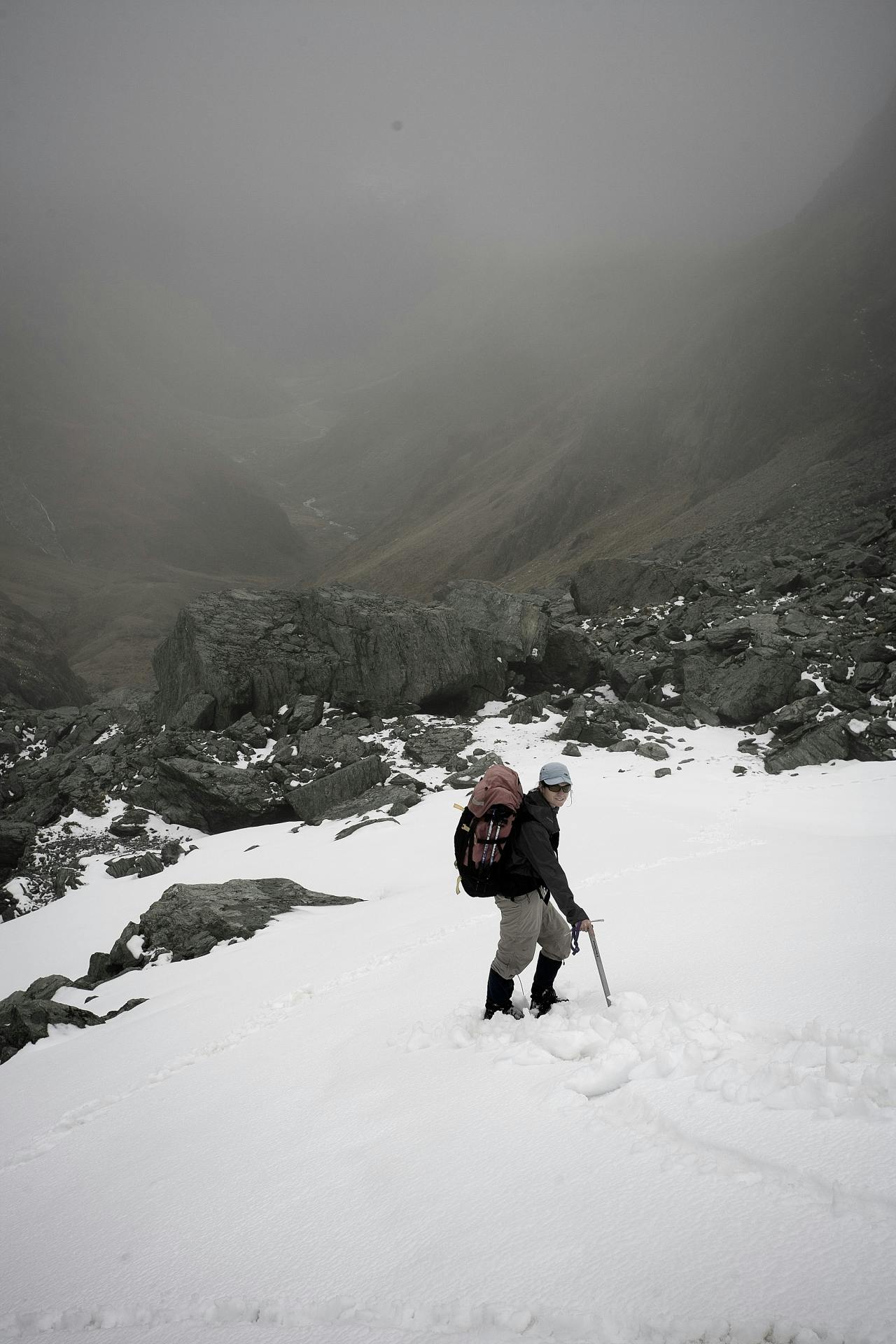A guide to worrying, concern, angst, and fear in the wilderness
Worrying typically gets a bad rap, it’s almost always seen as counterproductive (in fact the word stems from the old German wurgen; to strangle) and most people see it as an uninteresting homogeneous, residual emotion; the burnt edges of life’s toast; to be scraped off and forgotten about.
But that would be giving short shrift to the beautiful world of concern, when in reality there is much more to it – including an upside.
Most people think worry is a binary emotion; a switch that moves only between ‘woe is me’ and ‘no worries, man’. But in truth, worrying is a complex thing with all the subtleties and nuances of a gourmet kitchen.
If you’ve never really given your angst too much thought, here are a few of the flavours to look out for:
First degree worrying: The ordinary, vanilla flavour concern that pops into your head on any given trip – I hope we don’t get lost, I hope there aren’t bogans in the hut.
Second degree worrying: Worrying about worrying. This one’s usually limited to the more adrenalin-driven pursuits like mountaineering and expedition kayaking. Everyone who’s led a trad-protected rock climb or paddled out through big breaking surf will know the paralysing, counterproductive fear that it can produce.
After a while it’s easy to become worried about getting scared. It’s the sort of thing Martin Luther King was talking about when he said ‘We have nothing to fear but fear itself’.
Third degree worriers are rare, but if after reading the previous paragraph you thought, ‘Aw flip, I hope that never happens to me’, then you’ve just become one of them.
Vicarious worrying: Worrying about unfortunate events that might befall someone else. If you’d like more information on this, just ask anyone with kids.
Inverse worrying: Worrying that you’re probably not concerned enough about something. Standing on a glacier on a sunny morning with a gentle breeze blowing can lead a mountaineer to actually feel safe for a moment… which is good reason to be concerned.
Inverse worrying is the basis for the idiom: ‘If you can remain calm while others around you lose their heads… then you clearly haven’t yet grasped the enormity of the situation.’
Retrospective worrying: Worrying that in hindsight you should have been more freaked-out about a situation. In my younger days I once managed to stray onto a naval firing range while looking for sea cliffs to climb. At the time, traversing the craters was quite novel – like being on the set of Saving Private Ryan for the day. It was only afterwards when someone pointed out the likelihood of stepping on an unexploded, fridge-sized piece of ordnance that the hairs on the back of my neck started to tingle.
Pathological worrying: Also known as generalised anxiety disorder, or GAD, this is really the only sort of worrying that’s worth worrying about. It’s the sort of debilitating, irrational anxiety that stops people from going outside for fear of developing skin cancer, or stops them shaking hands with people for fear of contracting leprosy. It’s a terrible business, the sort of mental illness you wouldn’t wish upon your worst enemy.
So why do we worry? And why do we seem to do it so much these days?
At its core, worrying is just our brains grappling with the same sort of nested what-ifs that Gary Kasparov does when he sits down at a chess board.
And after a few million years of playing those games we’ve become pretty good at them (any of us that weren’t ended up in sabre-toothed tigers millennia ago). Out in the mountains it’s worrying that keeps you out of crevasses and flooded rivers. It’s what tells you not to climb over that alpine pass when the lenticular clouds are building. It’s safe to say if you had an entirely worry free life; it’d be a short one.
However, today, thanks partly to the modern media’s ‘if it bleeds it leads’ editorial leanings which shunt random acts of violence and freak accidents to the front of the nightly news, we’re subjected to a deluge of things to worry about like never before. The sheer quantity of possible negative outcomes we’re bombarded with is far beyond what our brains were designed to compute. The result is angst overload.
We worry about swine flu and bee aids; hair loss and hair gain; fat stomachs and skinny arms; grey hairs, crow’s feet wrinkly elbows and every other part of the inevitable aging process. We worry about the GFC’s pressure on GDP reducing our ROI. We worry about poor Asian people arriving in boats, rich Caucasians departing on planes and crazy people wearing exploding shoes on those planes.
Just like a moth’s finely tuned lunar navigation is over-driven by domestic light bulbs, our finely tuned self-preservation instincts are overdriven by the blinding glare of information coming out of the screens around us. The result for many of us is a shift from normal levels of concern into anxiety and depression and worse.
But we have one big advantage over the moths: opposable thumbs.
Yes, we have the ability to turn down the illumination levels, to switch off, unplug, walk away and head into the mountains. Not forever, just long enough to regain perspective and realign the bearings so those worrying skills work in the manner for which they were intended.








